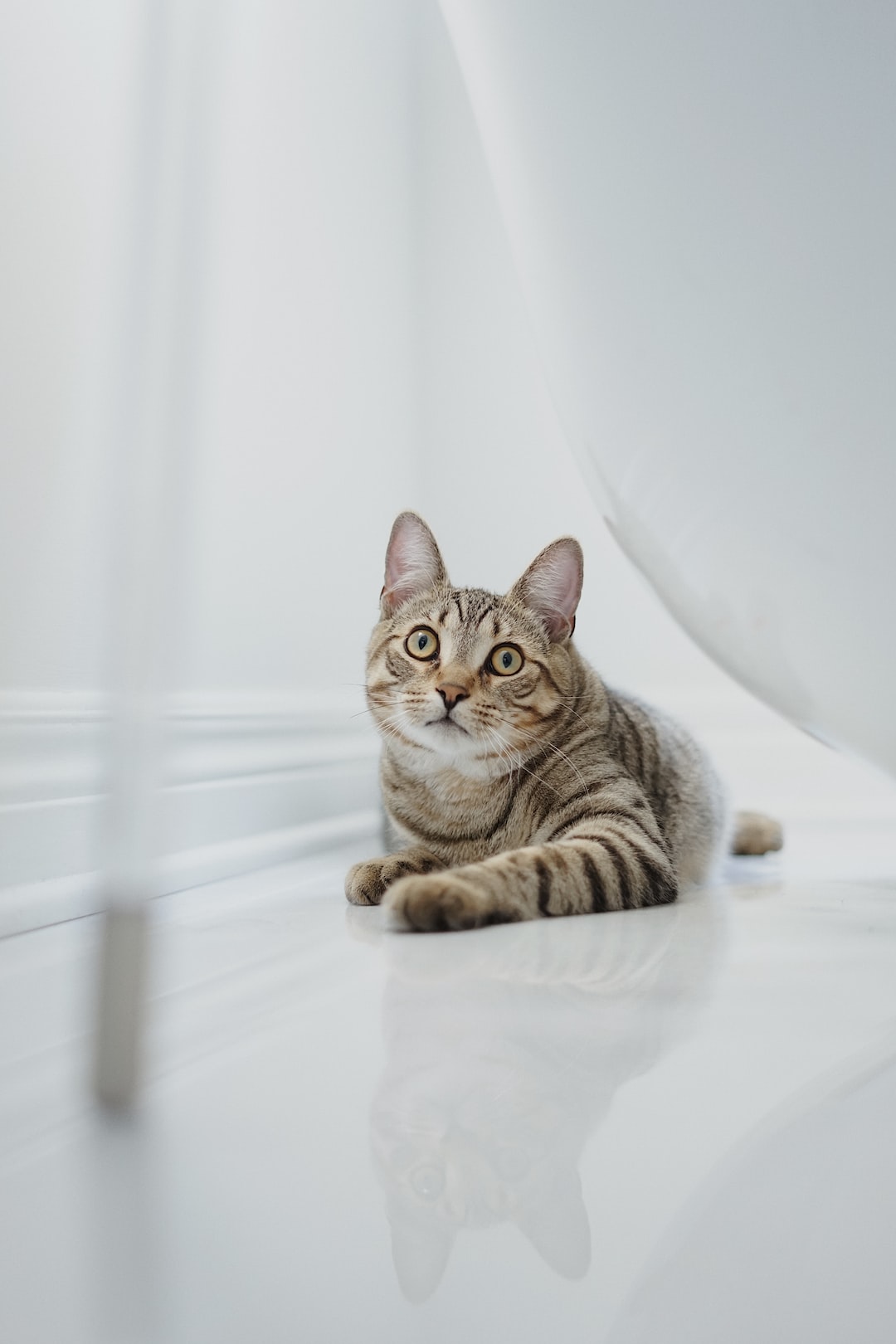As pet owners, one of our top priorities is ensuring the safety and well-being of our furry companions. While our homes are usually designed with their needs in mind, it’s equally important to create a safe outdoor environment for our pets to thrive in. In this blog post, we will discuss some key steps you can take to create a secure outdoor space for your beloved pets.
1. Establish secure boundaries:
The first step in creating a safe outdoor space is to establish secure boundaries. This can be achieved through a variety of methods, such as installing a sturdy fence or using invisible electric fences. Ensuring that your pets are contained within a designated area will prevent them from wandering off into potentially dangerous areas, such as busy roads or close proximity to wild animals.
2. Remove toxic plants:
Before allowing your pets access to your outdoor space, it’s crucial to remove any potentially toxic plants. Many common plants, such as lilies and azaleas, can be harmful or even fatal to pets if ingested. Research which plants are unsafe for pets and replace them with pet-friendly alternatives, such as catnip or sunflowers. This simple step will eliminate a significant source of potential danger for your beloved companions.
3. Provide shade and shelter:
Just like humans, pets can suffer from overheating and sunburn. It’s important to provide adequate shade and shelter within your outdoor space. This can be achieved through a designated shaded area, installing a pet-friendly gazebo, or even planting trees that provide natural shade. By allowing your pets to cool down in shaded areas, you reduce the risk of heat-related health problems.
4. Secure outdoor furniture and equipment:
Outdoor furniture and equipment, such as grills or gardening tools, can pose a threat to our pets. Ensure that all objects are securely fastened or stored away when not in use, preventing accidental injury. This is especially important for curious cats who may climb on unstable structures or curious dogs who may knock over unsecured items while exploring.
5. Consider pet-friendly landscaping:
When designing your outdoor space, consider incorporating pet-friendly landscaping features. Opt for grass or artificial turf that is safe for your pets to play on without the risk of harmful chemicals or prickly thorns. Additionally, create designated digging areas or sandboxes to redirect their natural digging instinct away from flower beds or other delicate areas.
6. Install proper lighting:
Nighttime accidents or wandering can be dangerous for our pets. Installing proper outdoor lighting can help minimize potential injuries and increase their visibility during low-light conditions. Motion-sensor lights or solar-powered options are great energy-efficient alternatives that will ensure your pets can safely navigate the outdoor space, even after dusk.
7. Regular maintenance and inspections:
Lastly, regularly inspect and maintain your outdoor space to ensure ongoing safety for your pets. Check for any signs of wear and tear in the boundaries, repair any damage promptly, and periodically examine the plants and landscape for potential hazards. This will help prevent unexpected accidents and ensure that your pets can enjoy a safe and secure outdoor environment.
In conclusion, creating a safe outdoor space for your pets is essential for their overall well-being. By establishing secure boundaries, removing toxic plants, providing shade and shelter, securing outdoor furniture, incorporating pet-friendly features, installing proper lighting, and conducting regular maintenance, you can ensure a safe and enjoyable outdoor experience for your beloved pets. Remember, their safety is in our hands, and it’s our responsibility to create a space where they can thrive and be free from harm.

